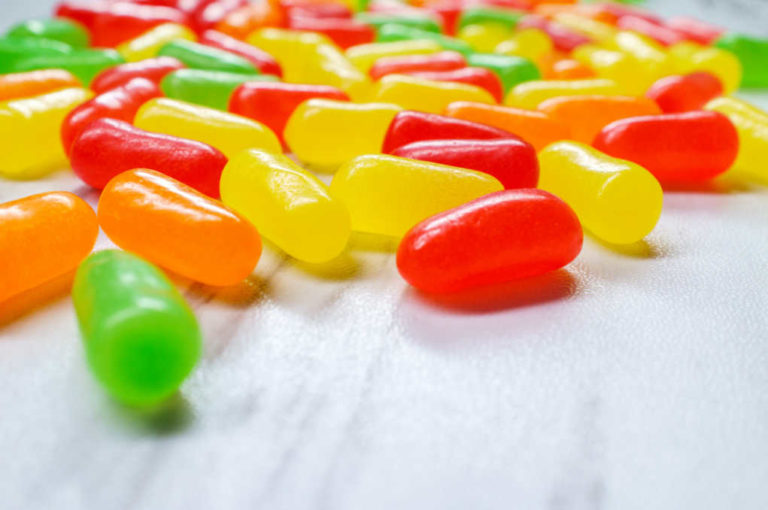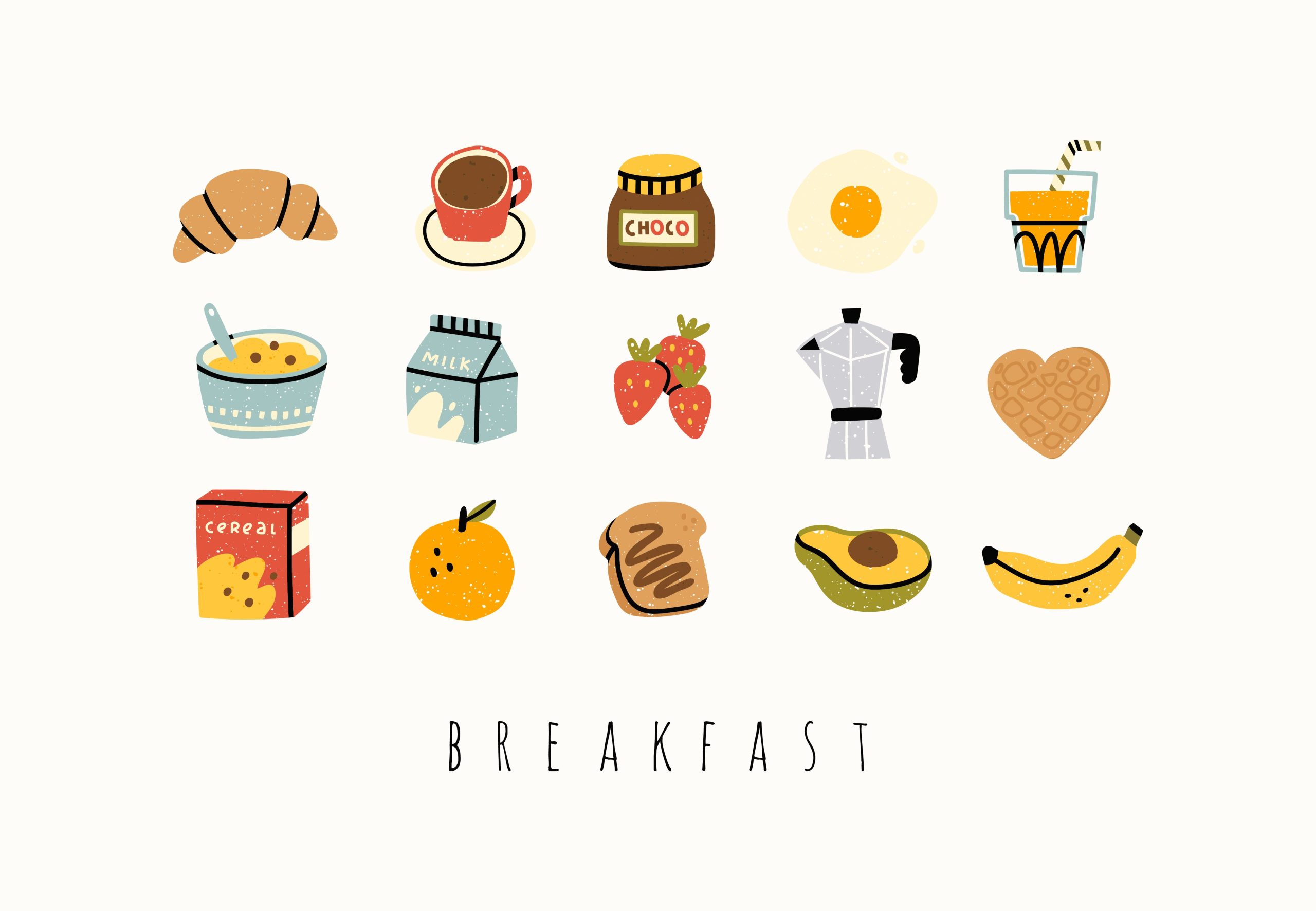Food dyes and color additives enhance the natural colors of foods.
They are great for identifying flavors, creating fun decorations or making food more appealing.
Some color additives come from natural sources, such as plants, minerals or insects. Some food dyes are manufactured synthetically.
Red Dye #40 is a synthetic dye made from petroleum. Red Dye #40 is also known as:
- Red 40
- Red 40 Lake
- FD&C Red No. 40
- Allura Red AC
- CI Food Red 17
- CI 16035
- 129 INS No. 129
- E129
Red Dye 40, the most popular food color, is found in many products, including juices, soft drink, frozen desserts (ice-cream, sherbet), baked goods, breakfast cereals and gummies. Some cosmetics and medications also contain it.
FDA recommendations and average intake
All color additives must first be approved by FDA under the Food, Drug, and Cosmetic Act before they can be used in food. They assess the short- and long-term impacts of consumption, its composition, properties, manufacturing processes, stability, analytic methods available for purity testing and likely consumption.
FD&C Red No. 40 is one of nine FDA-certified synthetic color additives. The FDA has certified nine synthetic color additives. All of these are required to go through batch certification. This means that the FDA analyses a representative sample from each batch to make sure it’s what it should be.
The FDA has established the acceptable daily intake for this Red color at 3.2mg/pound. This is equivalent to 480mg/day for a person weighing 150 pounds.
Even in the most exposed demographic group (teenagers), the average daily intake rarely exceeds 70mg or 1.1mg/pound. This is far below the FDA recommended limit. The average daily intake is closer to 10mg, or.2mg/pound.
Sensitivity and risk
Although the FDA and EPA consider Red Dye 40 as safe and low-risk, consumer advocacy groups such as the Center for Science in the Public Interest are bringing attention to studies that indicate possible sensitivities or allergic reactions.
Artificial food colors, especially those in high amounts, can contribute to hyperactivity, irritability and inattention in children. Restriction diets that remove these additives seem to improve ADHD cases.
Probably Safe But Not Essential
Red dye 40 is not an essential food. Although this ingredient is not harmful, highly processed foods that contain it are often unhealthy.
Foods that are ultra-processed can increase the risk of obesity, type-2 diabetics, cardiovascular disease, irritable intestinal syndrome, depression and cancer.
Red dyes and other food colors are often used to imitate the vibrant colors that naturally occur in fruits. If you’re looking for a healthy snack, choose whole fruit that has not been processed.







